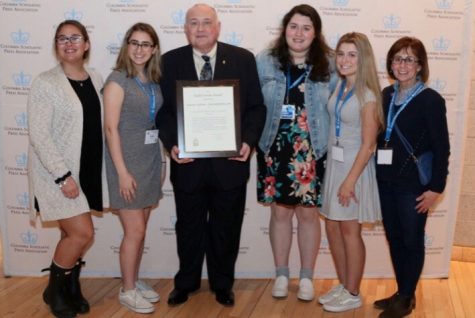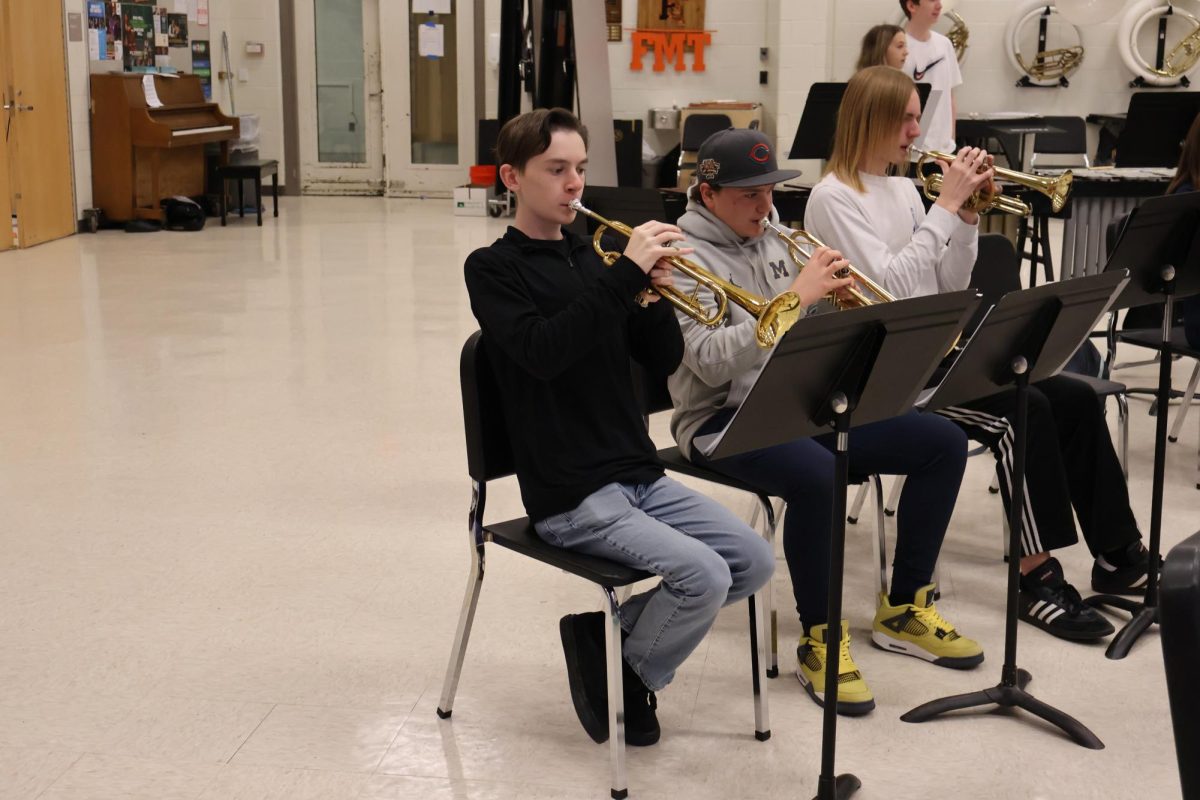Women’s US National Soccer Team challenges the USSF in a suit for gender discrimination
April 16, 2019
After winning the World Cup in 2015, the US Women’s National Team (USWNT) found themselves fighting a different kind of battle. A battle for equal pay to their male counterparts, the US Men’s National Team (USMNT).
“I think we’ve proven our worth with a world cup win,” USWNT captain Carli Lloyd said in an interview with TODAY (2016). “The pay disparity between men and women is just too large. The generation of players before us fought for and now it’s our turn to keep on fighting.”
On March 8, the USWNT filed a lawsuit against the United States Soccer Federation (USSF) under the Equal Pay Act on gender-based discrimination, just three months before defending their title at the 2019 FIFA Women’s world cup in France.
“I thought it was interesting timing,” former USWNT captain and two-time world cup champion Julie Foudy said. “It’s bold and brave, which are trademarks of this team. What I love about this current group is that they understand their role is to pioneer for other female athletes out there. They recognize they have an opportunity to set the path for other teams and I think they are doing just that.”
The USWNT and USMNT have two different deals with the USSF, so it is hard to accurately compare wages. The women receive a $72,000 base salary, health care and severance, whereas their male counter parts are paid on a game-to-game basis.
“Remember, the US Womens and Mens national teams have separate unions and collective bargaining agreements,” former USMNT player Alexi Lalas said in a FOX Soccer Podcast. “Over the years, the men and women have wanted, negotiated, and voluntarily agreed upon very different compensation and treatment structures that reflect their unique needs. Now I hope this lawsuit gets settled and I hope they get everything they want and more: they deserve it. They deserve it because the US Women’s National Team players are the best in the world at their job.”
However, the Men’s World Cup brings in a higher revenue. This could partially be explained by the fact that women’s soccer is just emerging. The first Men’s World Cup was in 1930; the first Women’s World Cup (WWC) was in 1991. Mens soccer was added to the Olympic roster in 1900. Women’s soccer was added in 1996, almost a whole century later. And twenty years later, Foudy remarks that the current members are fighting the same battles the USWNT fought after winning the WWC in 1999.
“Obviously pay equity is one piece of it,” Foudy said. “The thing that really rattles them is the low hanging fruit they had to fight for, recently in terms of equal per diem to the men’s team. We know this is a team that is winning, that’s celebrated in so many ways with so many positives around it. We have an opportunity to be bold and brave here and do something that could be precedent setting for the athletes around us.”
USWNT members Carli Lloyd, Megan Rapinoe, and Alex Morgan all felt their working conditions, training facilities, medical treatments and more were affected by discrimination.
“These women are very disappointed in US Soccer,” the team’s attorney Jeffrey Kessler said. “When they asked for the same treatment as the men, they were told it was irrational. Now that might be a good answer in 1816. It’s not an acceptable answer in 2016.”
The 2015 Women’s World Cup received many complaints about the artificial turf fields. Artificial turf can be painful to play on and can generate so much heat that during the 2015 Women’s World Cup the fields were hosed down several times. The Fédération Internationale de Football Association declined an offer to have real grass laid; it would be inconsistent with artificial turf practice fields.
Eight of the ten victory tour games for the USWNT were played on artificial turf despite requests to play on real grass. The USMNT has played two games on artificial turf since 2014. But in no way is the USMNT at fault for this: it is the USSF. If they did not think that artificial turf was suitable for the men to play on, then the women shouldn’t have to play on it either.
“I think that’s why we’re taking this action,” USWNT forward Alex Morgan said. “We have sacrificed just as much as the men, we work just as much, we endure just as much physically and emotionally. Our fans really do appreciate us for that. Now we are asking that our federation and our employer appreciate us. My husband plays professional soccer and he supports me and I have to believe that the Men’s National Team would be in support of us.”
The fact is that the preferences of the men’s team, unlike the women’s team, are taken to heart, bringing a whole new layer to the suits. It is more than just a battle for equal pay and better field conditions––it is a demand respect..
“I’ve been on this team for a decade and a half and we continue to be told we should be grateful just to have the opportunity to play professional soccer and get paid for doing it,” former USWNT goalkeeper Hope Solo said in an interview with TODAY. “We believe now the time is right because we believe it’s a responsibility for women’s sports to do whatever it takes to push for equal pay and be treated with respect.”
When it all boils down, a team that carries these levels of success should not have to go to court in order to get their employers to listen.









